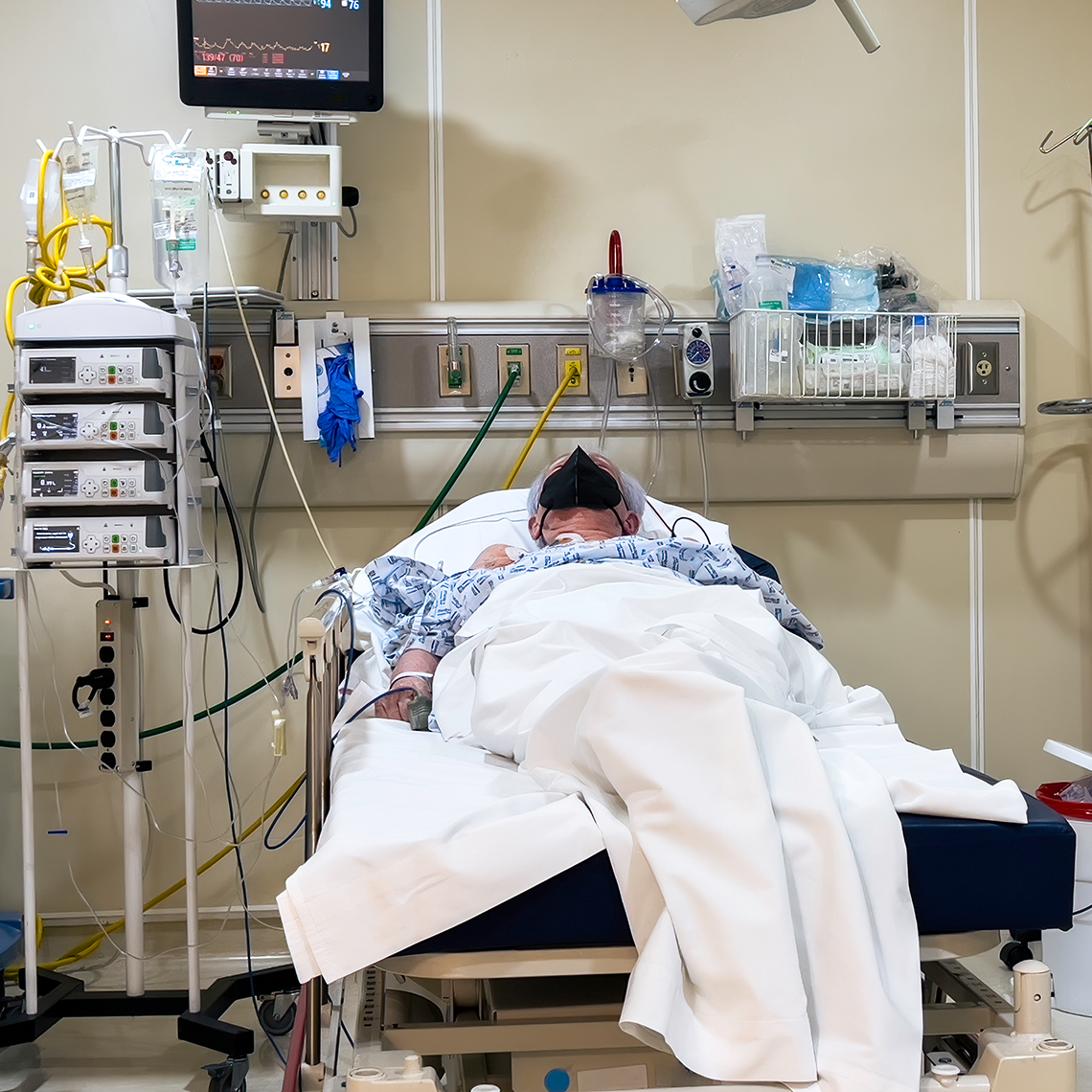Case Study
Narrow Diagnostic Focus and Removal of Infant's Healthy Kidney
Description
A five-month-old infant underwent a right nephrectomy that turned out to be unnecessary because the pathological results of the kidney examination revealed only an infection that was responding to antibiotics.
Key Lessons
- Improving OR communication can identify potential errors before they harm the patient.
- A "big picture" approach to a diagnosis helps clinicians step back and consider what might explain all the symptoms and lab results.
- Clinicians who convey a diagnosis to patients and families without sharing any uncertainties are often viewed less favorably when something goes wrong.
Clinical Sequence
On Tuesday afternoon, a five-month-old girl was referred to the emergency department for evaluation of intermittent fevers (103.8) and lethargy. On physical examination, she had a rectal temperature of 99.8, pulse 129, respiratory rate 40, and weight of 6.9 kilograms. Her chest was clear and the abdominal exam was unremarkable. The white blood count was 18.5. The differential was 35% polys, 16% bands, 47% lymphocytes and 1% monocytes. Urinalysis was cloudy with a specific gravity of 1.009, 3 to 5 red blood cells, more than 100 white blood cells, and moderate bacteria.
The infant was admitted for fever workup with laboratory studies suggestive of a urinary tract infection and possible pyelonephritis. The urine culture grew out E coli and the infant was started on intravenous Ampicillin and Gentamycin. A renal ultrasound to rule out hydronephrosis was ordered. During the night, the child spiked a temperature of 102 and was given Tylenol with good effect.
At 9:00 a.m. Wednesday, the renal ultrasound revealed a 2x2 cm mass in the upper pole of her right kidney. According to the radiologist, the location and appearance of the lesion—as well as the age of the patient—made it suspicious for a Wilms' tumor. A progress note written by a pediatric resident listed the primary diagnosis as "UTI/pyelonephritis and renal mass."
The attending pediatrician reviewed the abdominal CT scan with the radiologist and confirmed the finding of a right renal intraparenchymal mass, and no clear adenopathy (a chest CT scan was negative). The differential diagnoses remained Wilms' tumor, possible mesoblastic nephroma. The plan was to continue antibiotics and obtain a surgery consult for a right nephrectomy.
Later in the day, the pediatric surgeon evaluated the infant and his differential diagnoses included a small Wilms' tumor and a mesoblastic nephroma. The parents were told that their daughter had a Wilm's tumor, and they consented to an surgery. This was scheduled the next day for either a heminephrectomy or a complete nephrectomy.
At 8:00 p.m., repeat urinalysis was clear with specific gravity of 1.014, no red blood cells, 0-2 white blood cells, and few bacteria. The white blood cell count was 11.2 and the infant was afebrile.
Thursday morning, the patient was taken to the operating room for a possible nephrectomy. According to the operative report, "the right kidney was palpated and had only a subtle enlargement near the upper pole anteriorly just above the mid-portion. After the kidney was mobilized, once again it was palpated and there was no definitive mass that could be felt." The kidney was removed and sent off for frozen section. The patient's pain was well controlled and her temperature was at normal levels during the postoperative period.
According to the final pathology report, the right kidney had acute and chronic pyelonephritis (acute lobar nephronia, severe with perinephrenic fat extension). This kidney lesion is commonly associated with reflux infection of E. coli which was cultured in the urine of this patient. There was no evidence of malignancy.
Allegation
The family sued the pediatrician, the radiologist, and the pediatric surgeon, alleging the "needless loss" of their infant daughter's right kidney.
Disposition
With critical reviews by the defense experts, the case was settled in the high range against the radiologist.
Analysis
Clinical Perspective
- Once the changes in the kidney were thought to represent a tumor, the possibility of a kidney infection was no longer considered; the team focused solely on neoplastic diagnoses, and made the decision to operate based on that diagnostic focus.
Symptoms and lab results that don't line up with a favored diagnosis, can be a flag to reassess. A "big picture" approach to a diagnosis helps clinicians step back and consider what might explain all the symptoms and lab results. This is not always possible, as patients can and do have problems that occur simultaneously. Still, such an approach may press clinicians to come up with a list of diagnoses most likely to represent the patient's true problem. If the more serious possibility in the differential diagnosis does not require urgent life-saving intervention, an interim diagnosis of a less serious condition with a more conservative approach and repeat testing may be more appropriate.
Patient Perspective
- The parents had a real mix of feelings: relief of no malignancy and anger that their daughter's kidney was removed unnecessarily.
Patients and families facing a potentially serious condition in a hospital setting are on an emotional rollercoaster. If the diagnosis is presented to them as certain and without any doubt, then later found to be incorrect, the patient/family may alter their view of the clinicians involved. Sharing uncertainty about a diagnosis—or the outcome of a procedure—may buffer the clinician from the disappointment/anger a patient might experience when the diagnosis is understood to be wrong. Patients or proxies consent to surgery because the doctors recommend it. If the decision turns out to be incorrect, they often feel guilty about not seeking a second opinion or somehow making sure the right thing is done for their loved one.
Risk Management Perspective
- The chart lacked documentation of communication among clinicians to support the decision to remove a kidney and did not reflect any discussion with the parents of alternative diagnoses or treatment options.
A brief note, with date and time, needs to include some reference to the differential diagnosis, deliberation between specialists, and discussion with patients or families about options. Careful documentation is also contemporaneous; waiting until after something goes wrong to document prior deliberations or facts invites suspicion that the clinicians are protecting themselves. A major procedure with potentially life-altering consequences should be a flag for extra attention to documentation.
See More MPL Cases
Medication Mix-up Contributes to Patient’s Death


Incidental Does Not Mean Insignificant

When Test Results Go Unspoken

